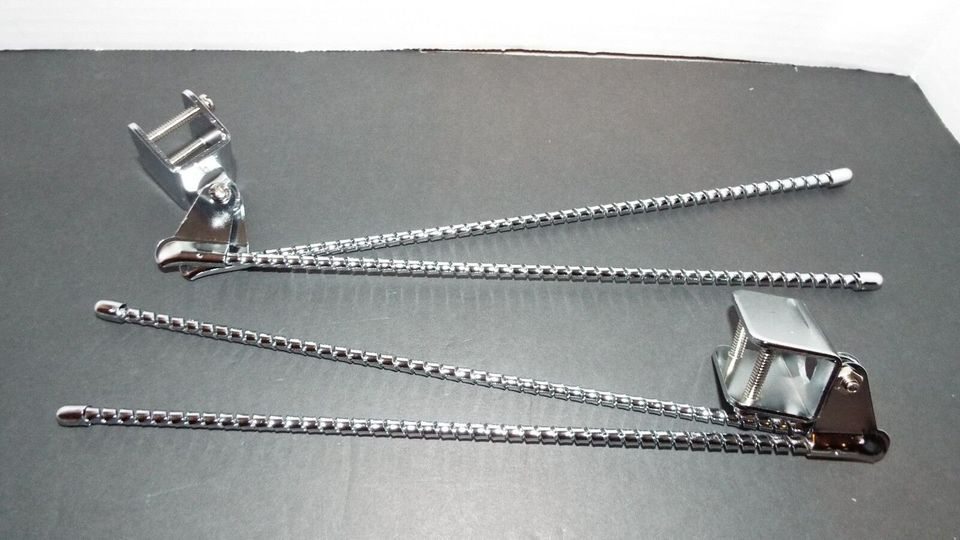A Glimpse into the Past
Vintage curb feelers, once a staple of classic cars, are a fascinating reminder of automotive history. These small yet significant devices, often found on vehicles from the 1950s through the 1970s, were designed to prevent costly damage to car fenders and wheels when parking near curbs.
Origins and Development
Curb feelers emerged in the mid-20th century as a practical solution for car owners who faced the challenge of navigating tight parking spaces without damaging their vehicles. During this era, many cars had large, prominent fenders that were prone to scraping against curbs. To address this issue, curb feelers were developed to alert drivers when they were getting too close to an obstacle.
How They Worked
Curb feelers were typically mounted on the lower edge of a car’s fender and consisted of a flexible, spring-loaded metal or plastic rod. When the vehicle came close to a curb or obstacle, the feeler would make contact, causing it to vibrate or make a noise. This provided the driver with an audible or tactile alert, allowing them to correct their parking and avoid potential damage.
Functionality:
Prevention of Damage: The primary function of curb feelers was to prevent scrapes and dings by alerting drivers to their proximity to curbs.
Ease of Use: The simple design made curb feelers easy to install and use, providing a practical solution to a common parking problem.
Popularity and Style
During their peak, curb feelers were more than just functional; they were also a fashionable accessory. Car owners took pride in choosing curb feelers that complemented their vehicle’s style. Available in various designs, they often featured chrome or polished finishes, adding a touch of elegance to classic cars.
Decline and Legacy
As automotive technology advanced, curb feelers gradually fell out of favor. The development of modern parking sensors and advanced driver-assistance systems rendered them obsolete. However, their legacy endures among classic car enthusiasts and collectors.
Collectibility:
Nostalgic Appeal: Today, vintage curb feelers are prized by collectors and classic car restorers. They evoke a sense of nostalgia and represent a unique aspect of automotive history.
Restoration Projects: Many classic car restorations include curb feelers to maintain authenticity and capture the spirit of vintage automobiles.
Cultural Impact
Curb feelers symbolize a bygone era of automotive design and innovation. They reflect the ingenuity of car manufacturers and the attention to detail that characterized mid-20th-century vehicles. While no longer in widespread use, they remain a cherished part of automotive heritage, reminding us of the creative solutions employed to address everyday challenges.
Vintage curb feelers are more than just relics of the past; they are emblematic of a time when cars were as much about style as they were about functionality. Their enduring appeal among collectors and enthusiasts highlights their role in the history of automotive design. As we look back on these charming accessories, they remind us of the innovation and elegance that defined classic automobiles.
Share on Facebook.


